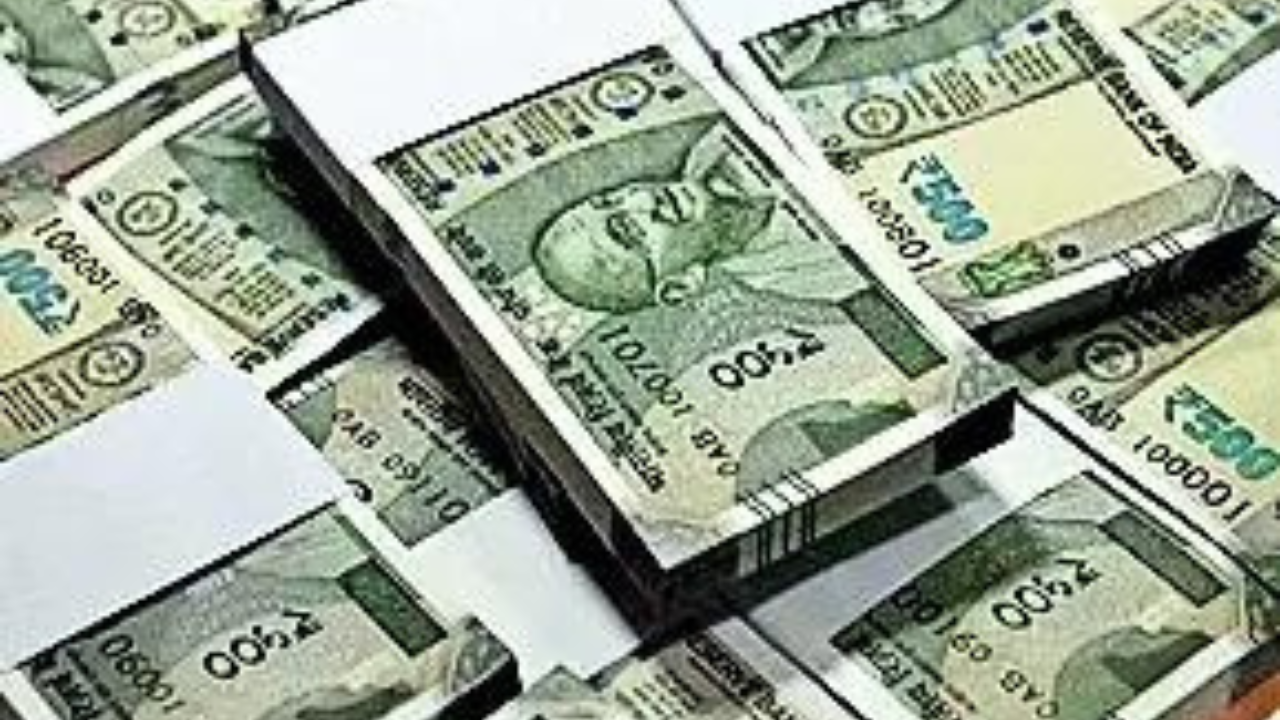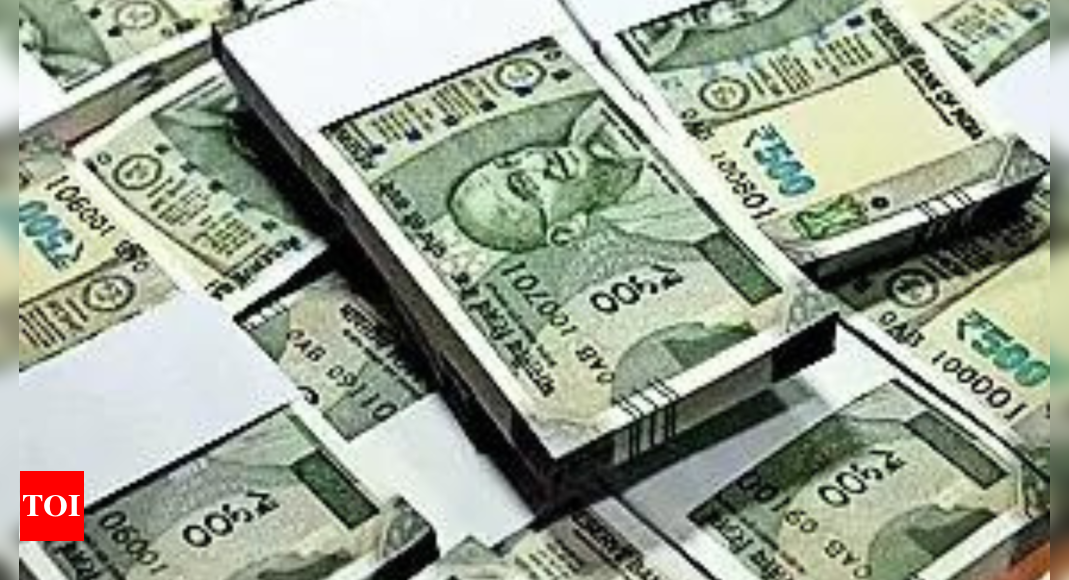
Mumbai: The rupee closed at a record low on Tuesday, ending at 83.54 against the dollar, nine paise lower than its previous close of 83.45.
The rupee’s decline reflected the firming up of the US dollar, which was seen in the dollar index rising to a six-month high. Most Asian currencies weakened against the dollar, with the Korean won and Indonesian rupiah falling the most.The dollar hit a five-month high against the euro. The yen weakened to its lowest level since 1990 and traded at 155 to the dollar. The dollar index touched 106.43 – the highest since Nov 2, 2023.
“The dollar index exhibited high volatility and extended its gains amid heightened tensions in West Asia. The yen also slipped to record lows and supported the dollar index. Due to gains in the dollar index, the rupee closed at day’s low,” said Rahul Kalantri of Mehta Equities. He added that given the stable dollar, escalating geopolitical tensions and continuous selling by foreign institutional investors, the rupee is expected to remain volatile and could trade in a wide range of 83.22 to 84.05. Besides the safe-haven status during geopolitical strife, the dollar has been gaining after better-than-expected retail sales data which reduces the prospects of a rate cut by US Federal Reserve.
Traders are waiting to see the outcome of Israel’s war cabinet meeting on Tuesday. The meeting is to decide on a response to Iran’s attack, amid international pressure to avoid further escalation of the conflict. The foreign exchange market will be closed on Wednesday because of a bank holiday.
“I feel that there is a high probability of the rupee touching 83.75 levels. But RBI will not allow the rupee to depreciate much and it will change course. I also expect that the geopolitical risks will fade next week given US pressure and the rupee will gain,” said K N Dey, a forex consultant who advises corporates on foreign exchange.
Foreign institutional investors were net sellers in the capital markets on Tuesday, selling shares worth Rs 4,468 crore, according to exchange data. A fallout of rupee’s weakening is that more analysts now expect RBI to delay its rate cuts to the second half of the financial year.
The rupee’s decline reflected the firming up of the US dollar, which was seen in the dollar index rising to a six-month high. Most Asian currencies weakened against the dollar, with the Korean won and Indonesian rupiah falling the most.The dollar hit a five-month high against the euro. The yen weakened to its lowest level since 1990 and traded at 155 to the dollar. The dollar index touched 106.43 – the highest since Nov 2, 2023.
“The dollar index exhibited high volatility and extended its gains amid heightened tensions in West Asia. The yen also slipped to record lows and supported the dollar index. Due to gains in the dollar index, the rupee closed at day’s low,” said Rahul Kalantri of Mehta Equities. He added that given the stable dollar, escalating geopolitical tensions and continuous selling by foreign institutional investors, the rupee is expected to remain volatile and could trade in a wide range of 83.22 to 84.05. Besides the safe-haven status during geopolitical strife, the dollar has been gaining after better-than-expected retail sales data which reduces the prospects of a rate cut by US Federal Reserve.
Traders are waiting to see the outcome of Israel’s war cabinet meeting on Tuesday. The meeting is to decide on a response to Iran’s attack, amid international pressure to avoid further escalation of the conflict. The foreign exchange market will be closed on Wednesday because of a bank holiday.
“I feel that there is a high probability of the rupee touching 83.75 levels. But RBI will not allow the rupee to depreciate much and it will change course. I also expect that the geopolitical risks will fade next week given US pressure and the rupee will gain,” said K N Dey, a forex consultant who advises corporates on foreign exchange.
Foreign institutional investors were net sellers in the capital markets on Tuesday, selling shares worth Rs 4,468 crore, according to exchange data. A fallout of rupee’s weakening is that more analysts now expect RBI to delay its rate cuts to the second half of the financial year.
Source link

